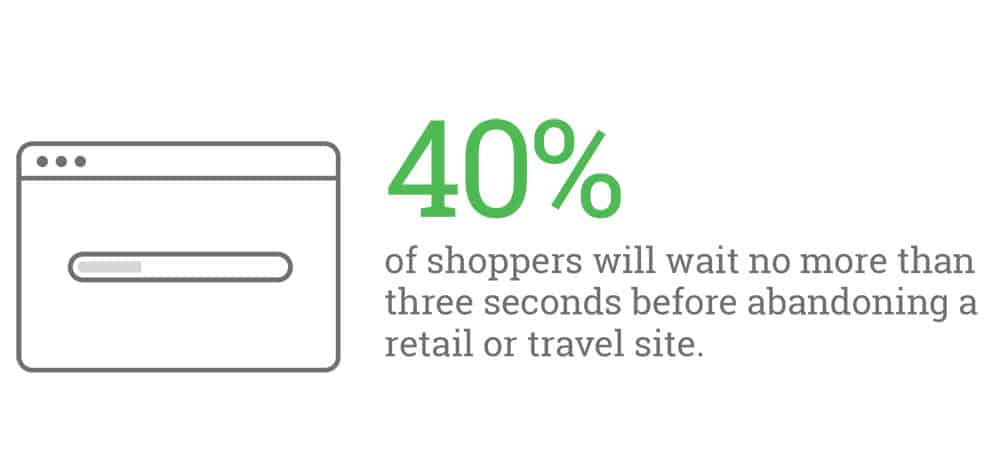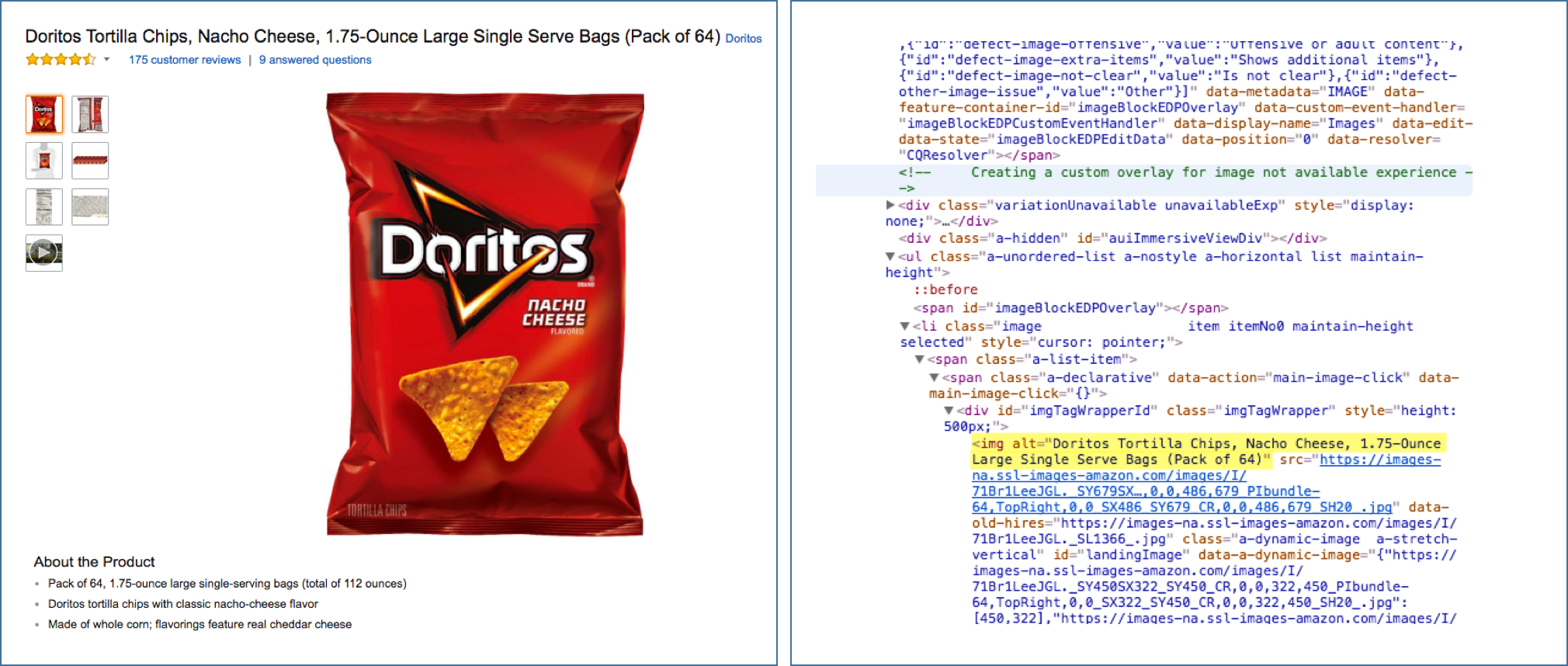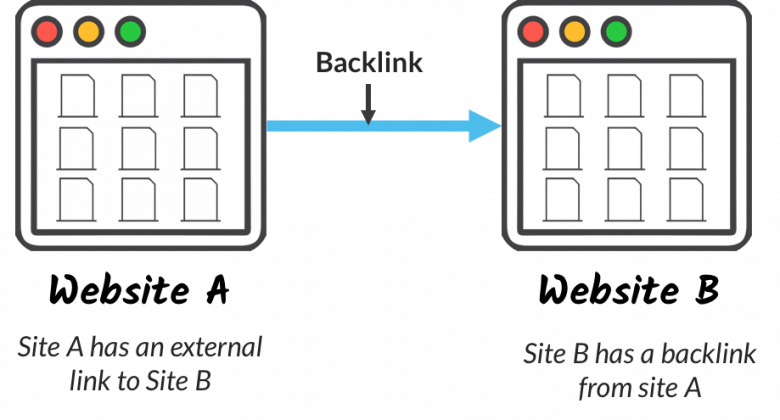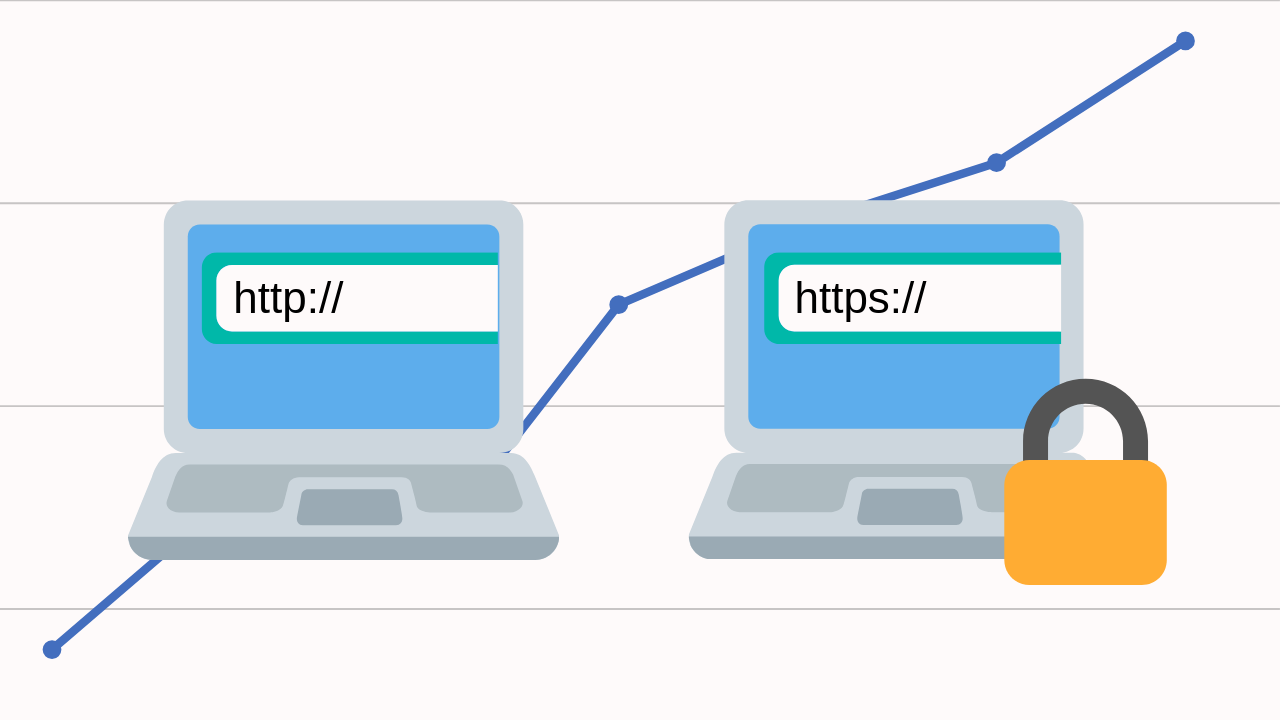Mobile is now more important than ever.

Google algorithms will eventually primarily use mobile version of a site content to rank pages. If you don’t have a responsive site yet, drop everything you’re doing and get on that immediately. Google’s mobile-friendly tool to see if you pass the test first.
Tools:
Website speed is huge for SEO.

Use a fast managed host, implement CDN (Content Delivery Network) and optimize your site using caching mechanisms.
Tools:
Img Alt tags are important for both SEO and accessibility.

Google decides whether the images are relevant to the content by looking at Alt tag. Moreover, Alt tags help visually impaired users.
Shoot for at least 1,000 words.
The longer the counter the higher you rank. In other words, word count mattes. Generally it’s much better to post longer content than shorter content frequently.
Create XML sitemap.

If you’re using WordPress, Yoast SEO automatically create XML site maps and a few files for SEO. Site maps aren’t required for crawlers but it lets Google know the structure of your website. Plus you can see index coverage in GSC.
Submit your XML sitemap to GSC.
You can see how many pages you submitted and how many are actually indexed in GSC. Same way, submit your site map to Bing and Yandex (Russian Search Engine) if possible.
Force Google to crawl your pages instantly using GSC.
Google doesn’t guarantee immediate indexing but it almost always works.
Permalinks (URLs) should be short and descriptive.

URL should be kept brief while containing post title and focus keyword in it.
Have a focus keyword in mind and sprinkle it all over.
If possible, even put the keyword at the beginning of the post.
Backlinks can be reverse-engineered for negative SEO.

On average top 2 results on google page 1 equated to having 38% of all backlinks from pages on page 1.
But backlinks can be reverse engineered to harm your SEO. If you believe your site’s ranking is being harmed by low-quality links that you do not control, you can ask Google not to take them into account when assessing your site. That said, you should still make every effort to clean up unnatural links pointing to your site.
Tools:
- Tell Google to exclude backlinks from specific domains Disavow links
- Monitor backlinks to your site ahref.com
There are two types of links ‘do follow’ and ‘no follow’. Do follow let Google crawlers follow the link. No follow doesn’t. Traffic from social media are usually no follow.
Build internal links.
Shoot for at least 3 links referring to your internal resources for two reasons:
- It encourages users to spend more time.
- The crawlers can follow ‘do follow’ links and index faster.
Build outbound links to high authority domains.
Add outbound links to high authority websites like Youtube, LinkedIn, Pinterest, Facebook, Google My Business… This says you’re referring your audience to relevant high-quality content. It’s also a great way to start conversations with other brands.
Research keyword before optimizing your content.

Research keywords with search volume but not too competitive. Don’t forget multilingual SEOs too as they can be a lot less competitive.
Tools:
Use social plugins to make your content shareable and reach a wider audience.

HTTPS has an advantage following Google’s push for ssl migration.

If you’re still using http, try migrating to https. The procedures for migration may vary depending on the host.
Add schema markup plugin to automatically add the necessary markup.

Ever seen those stars next to a review in SERP (Search Engine Result Page). Those starts are a result of schema markup.
Tools:
Create Ever-green content.

That means content that’s generally always relevant and require little update from writer as the industry changes over time.
Meta description indirectly affects search engine ranking.
Meta description increases click-through rate (CTR). The higher the CTR, the higher the search engines rank the page.

Don’t abuse header tags.
Use H1 one time only, then H2 then H3 in hierarchical order.
Give proper image filenames using hyphens as separators.
Always separate words with hyphens (-). Don’t name wordpressseo.jpg or wordpress_seo.jpg. Name it wordpress-seo.jpg. so Google sees them as individual words.
Make sure your images are indexed using GSC.
Traffic from google image searches can add up a lot over time. Submit your site and check image index status in GSC.
Redirect attachment URLs to parent post URL using Yoast.
Otherwise when there’s a hit on image attachment page, all they’ll see is the image, and no content on the post. This will most likely cause your bounce rate to go up. Enable this option in Yoast SEO > Advance.
Fix broken links using a GSC or a site audit tool.
Google hates broken links just like everyone else.
SEO plugins give you recommendations.
Aside from creating a few files, plugins like Yoast doesn’t do SEO. It gives you recommendations which you can follow.
Meta keywords are a thing of the past.
Search engines like Google, Bing, Yahoo no longer use meta keywords for ranking. There might still be some search engines using meta keywords but realistically speaking you’re much better off spending your time and effort elsewhere.
Image title isn’t for SEO but for descriptive purpose.
When users hover the mouse, they will see the title. So it can be useful for CTA.

